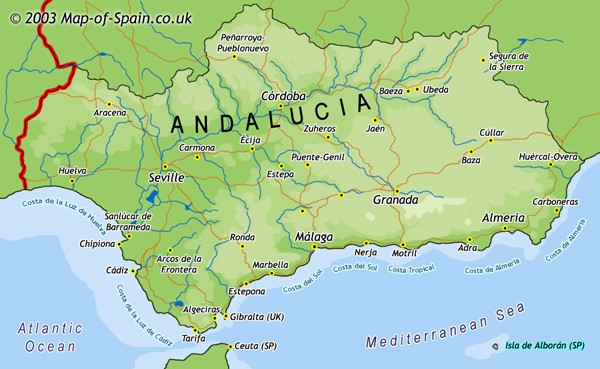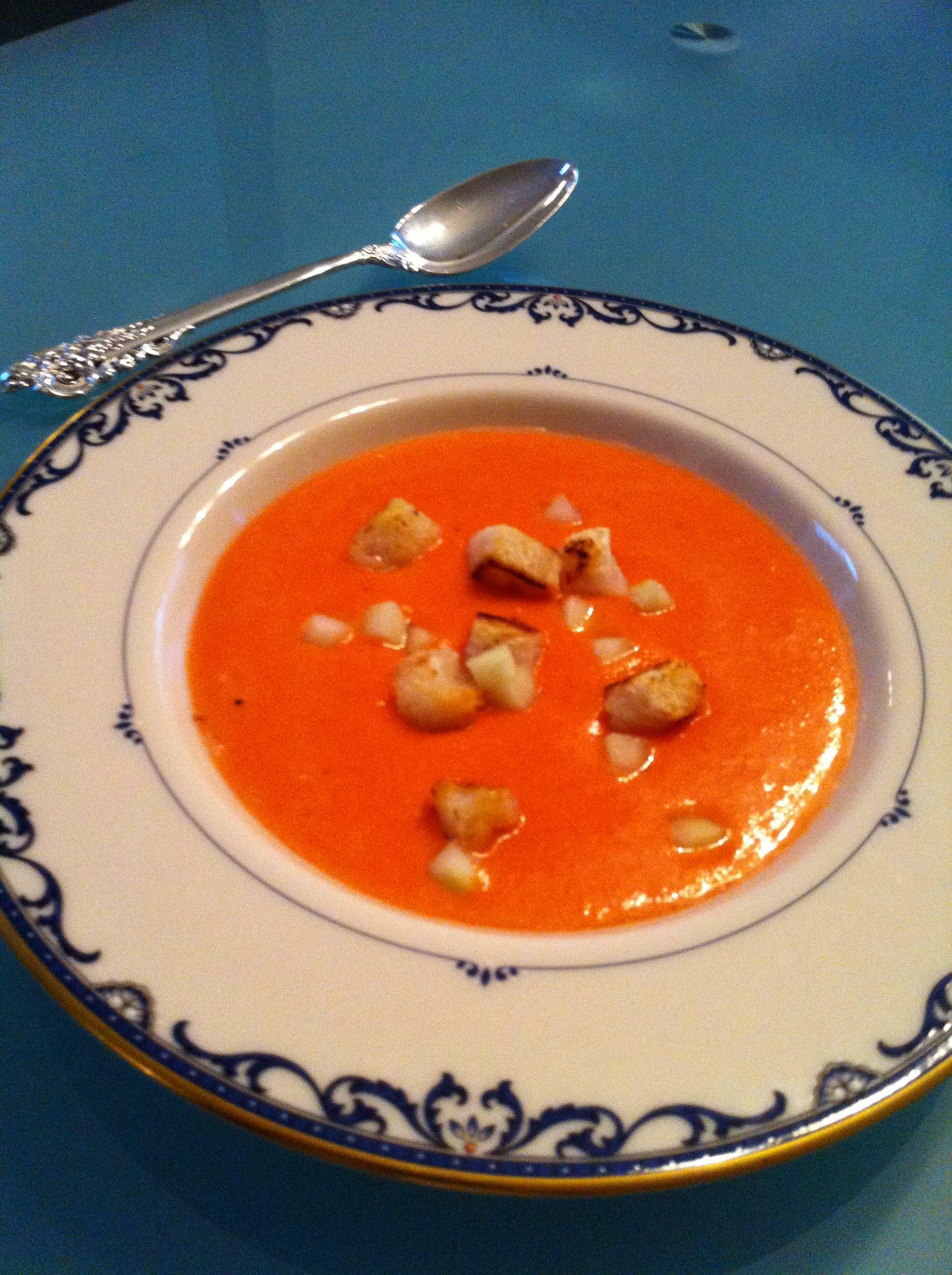Returning from Galveston Island "Gringo's" caught my eye. The sign is dazzling. It also exquisitely describes the aspect of TexMex food about which I've been doing a lot of thinking. We cook TexMex because we seek identity, discovery of who we are. 
There's much to say about this but I'd like to just briefly note two forces that are at play.
First, there is a written documentation of TexMex cuisine, mainly books that attempt to say what TexMex is. These are written by cooks who've been able to access education and publishing centers. This is an emerging phenomenon, one which hopefully will become more diverse.
Second, there is an oral tradition which is carried on in private homes mainly by cooks who've not been able to access education nor publishing venues. This oral tradition is ancient.
Each of these forces links cooking to identity. Our region's history (Texas/Northern Mexico), saw the near extinction of Indians and the increase of Europeans. Over time both Indians and Europeans have come to eat variations of the same cuisine. Both want to sit at the table and taste delicious food that is linked specifically to the land and to our families. Regardless of how we label it, we continue to cook TexMex, Gringo's, Mexicano, Tejano because what is at play in the kitchens is who we are and how we will choose to live and eat together.
July 2011 Archives
Continue reading A Question of Delicious Identity.
Chile is Mexican, scientific name capsicum.
Pepper is Indian (India), scientific name piper.
 When our European ancestors, searching for India, landed instead in South America and found chiles, they used the default name with which they were familiar, "pepper." They also called the South American natives "Indians," but that's another story.
When our European ancestors, searching for India, landed instead in South America and found chiles, they used the default name with which they were familiar, "pepper." They also called the South American natives "Indians," but that's another story.
Both Chile and Pepper are used in Carne Guisada, ground in a Molcajete together with garlic and cumin. (hmmm I'm already at the Yum!!! stage!! ) This TexMex stewed beef dish is aromatic and its flavor profile is wonderfully contrasted. The flavor profile of a dish consists of the identifiable taste, odor, chemical feeling (hot capsicum) and aftertaste. In my opinion, achieving the correct flavor profile of Carne Guisada depends entirely on what you grind in your Molcajete. The following recipe is my family's variation and of course I love it, but you can refine it according to your taste. Just remember that the focus should be on your Molcajete: the mixture of ingredients to include cumin, garlic and BOTH pepper and chiles.
In my opinion, achieving the correct flavor profile of Carne Guisada depends entirely on what you grind in your Molcajete. The following recipe is my family's variation and of course I love it, but you can refine it according to your taste. Just remember that the focus should be on your Molcajete: the mixture of ingredients to include cumin, garlic and BOTH pepper and chiles.
Recipe ( serves 4)
Ingredients

Pepper is Indian (India), scientific name piper.
 When our European ancestors, searching for India, landed instead in South America and found chiles, they used the default name with which they were familiar, "pepper." They also called the South American natives "Indians," but that's another story.
When our European ancestors, searching for India, landed instead in South America and found chiles, they used the default name with which they were familiar, "pepper." They also called the South American natives "Indians," but that's another story.Both Chile and Pepper are used in Carne Guisada, ground in a Molcajete together with garlic and cumin. (hmmm I'm already at the Yum!!! stage!! ) This TexMex stewed beef dish is aromatic and its flavor profile is wonderfully contrasted. The flavor profile of a dish consists of the identifiable taste, odor, chemical feeling (hot capsicum) and aftertaste.
 In my opinion, achieving the correct flavor profile of Carne Guisada depends entirely on what you grind in your Molcajete. The following recipe is my family's variation and of course I love it, but you can refine it according to your taste. Just remember that the focus should be on your Molcajete: the mixture of ingredients to include cumin, garlic and BOTH pepper and chiles.
In my opinion, achieving the correct flavor profile of Carne Guisada depends entirely on what you grind in your Molcajete. The following recipe is my family's variation and of course I love it, but you can refine it according to your taste. Just remember that the focus should be on your Molcajete: the mixture of ingredients to include cumin, garlic and BOTH pepper and chiles. Recipe ( serves 4)
Ingredients
1 1/2 lb round steak
1 large White Onion, sliced
2 Tbsp Canola Oil
2 1/2 cups water, approximately
1 Chile Serrano, sliced
2 dried Chile de Arbol
15 Black Pepper corns
2 Garlic Cloves, peeled and sliced
1/4 tspn cumin seeds
1 1/2 tspn salt
Method
1. Cut the round steak into 1/2 or 3/4 inch cube
2. In a dutch oven or deep skillet, heat 1 Tbsp Canola oil and brown the meat on high heat, then remove.
3. Using 1/2 cup of the water, deglaze and set the liquid aside.
3. Add to the skillet 1 Tbsp Canola oil and sweat the onions on low heat until they are soft.
4 While the onions are cooking, grind the chiles, pepper, garlic, cumin and salt in the molcajete to achieve a very fine paste. Add a little water to allow you to scrape the paste away from the molcajete. (See picture above)
5. Add the meat to the onions, also the molcajete paste, the deglazing liquid and the rest of the water. The water should just cover the meat, so adjust accordingly.
6. Simmer at slightly below a full boil, about 200oF, covered, for about one hour. At this heat level the beef collagen changes into gelatin and renders the beef both soft and flavorful. If the heat is too high, the beef will be tough. Remove the cover during the last fifteen minutes to allow the sauce to thicken.
I served it with green beans baked slowly in an Achiote, orange and jalapeño sauce. Here it is.
 Let me know how this recipe turns out for you. ¡Buen Provecho!
Let me know how this recipe turns out for you. ¡Buen Provecho!
1 large White Onion, sliced
2 Tbsp Canola Oil
2 1/2 cups water, approximately
1 Chile Serrano, sliced
2 dried Chile de Arbol
15 Black Pepper corns
2 Garlic Cloves, peeled and sliced
1/4 tspn cumin seeds
1 1/2 tspn salt
Method
1. Cut the round steak into 1/2 or 3/4 inch cube
2. In a dutch oven or deep skillet, heat 1 Tbsp Canola oil and brown the meat on high heat, then remove.
3. Using 1/2 cup of the water, deglaze and set the liquid aside.
3. Add to the skillet 1 Tbsp Canola oil and sweat the onions on low heat until they are soft.
4 While the onions are cooking, grind the chiles, pepper, garlic, cumin and salt in the molcajete to achieve a very fine paste. Add a little water to allow you to scrape the paste away from the molcajete. (See picture above)
5. Add the meat to the onions, also the molcajete paste, the deglazing liquid and the rest of the water. The water should just cover the meat, so adjust accordingly.
6. Simmer at slightly below a full boil, about 200oF, covered, for about one hour. At this heat level the beef collagen changes into gelatin and renders the beef both soft and flavorful. If the heat is too high, the beef will be tough. Remove the cover during the last fifteen minutes to allow the sauce to thicken.
I served it with green beans baked slowly in an Achiote, orange and jalapeño sauce. Here it is.
 Let me know how this recipe turns out for you. ¡Buen Provecho!
Let me know how this recipe turns out for you. ¡Buen Provecho!
(My poor translation of his great words)
ABOUT ADAN
Facundo Cabral "I am not from here, nor am I from there. No age have I, nor future time, and being happy is the color of my identity." R.I.P.
"I am not from here, nor am I from there. No age have I, nor future time, and being happy is the color of my identity." R.I.P.
 "I am not from here, nor am I from there. No age have I, nor future time, and being happy is the color of my identity." R.I.P.
"I am not from here, nor am I from there. No age have I, nor future time, and being happy is the color of my identity." R.I.P.(My poor translation of his great words)
ABOUT ADAN
Gazpacho is a must in this Texas heat
I bought tomatoes from the Atkinson Family Farm, a 4th generation family farm. Hurray! Jeni, wife of grandson, Bob, sold them to me. Jeni, here's the gazpacho recipe I promised.
To make a good Gazpacho I think it helps to observe boundaries that are imposed by the terroir of Andalucia. Within these boundaries Gazpacho has as many variations as there are Spaniards with opinions.
Within these boundaries Gazpacho has as many variations as there are Spaniards with opinions.
The terroir of Andalucía in Southern Spain, occupied by Arabs for 700 years, includes its climate, makeup of the soil and the naturalized products therein. The region has a climate similar to northern Africa so of course the soup must be cold to help relieve the intense heat of the region. "De rigueur" are only those ingredients that are readily available in the Andalucia terroir: olive oil, wine vinegar, cucumbers, onion, stale bread and garlic. The principal ingredients of the soup are or of course Mexican: Tomato and Chile. These were naturalized into the terroir sometime in the early 1500's by the Andalucians who by that time had learned to cultivate the Mexican tomatoes and Chiles (bell pepper or pimentón) that Christopher Columbus brought back with him. But keep in mind that Gazpacho is not Mexican, so out of bounds are cilantro, very hot chile and those ingredients which would normally be flagged as part of the Mexican flavor profiles. Gazpacho is a European/Arab take on Mexican ingredients.

This recipe makes a complex, soothing and highly refreshing soup. The taste is clear, with all the ingredients blending and not competing. I omit the strong onion flavor altogether. I also omit the bread because I blend it A LOT, emulsifying the oil, to achieve body and creaminess.
The olive oil is present in the taste, but it is a background.
Recipe Makes one quart
Ingredients
2 lbs tomatoes, diced. This is 6 cups
1/4 lb bell pepper (I used red) diced. This is 1 cup
1/4 lb cucumber, peeled and diced. This is 3/4 cup
2 garlic cloves, peeled and crushed
2 fl oz red wine vinegar
4 fl oz extra virgin olive oil, Spanish if possible
1 1/2 Teaspoon kosher salt
Method
1. Wash all the fruits. I scrub them in a strong solution of salt water, then rinse them.
2. Just place all the ingredients in a blender and churn away until the puree is creamy. So creamy in fact that it almost looks like a cream-based soup. You may have to do this in batches.
3. Chill in the fridge for a day so that the flavors blend.
4. And its ready. Very simple to make. Stir vigorously before serving and garnish with croutons and small cucumber dice.
¡Buen Provecho!
Leave me a comment and let me know how this turns out for you.

I bought tomatoes from the Atkinson Family Farm, a 4th generation family farm. Hurray! Jeni, wife of grandson, Bob, sold them to me. Jeni, here's the gazpacho recipe I promised.
To make a good Gazpacho I think it helps to observe boundaries that are imposed by the terroir of Andalucia.
 Within these boundaries Gazpacho has as many variations as there are Spaniards with opinions.
Within these boundaries Gazpacho has as many variations as there are Spaniards with opinions. The terroir of Andalucía in Southern Spain, occupied by Arabs for 700 years, includes its climate, makeup of the soil and the naturalized products therein. The region has a climate similar to northern Africa so of course the soup must be cold to help relieve the intense heat of the region. "De rigueur" are only those ingredients that are readily available in the Andalucia terroir: olive oil, wine vinegar, cucumbers, onion, stale bread and garlic. The principal ingredients of the soup are or of course Mexican: Tomato and Chile. These were naturalized into the terroir sometime in the early 1500's by the Andalucians who by that time had learned to cultivate the Mexican tomatoes and Chiles (bell pepper or pimentón) that Christopher Columbus brought back with him. But keep in mind that Gazpacho is not Mexican, so out of bounds are cilantro, very hot chile and those ingredients which would normally be flagged as part of the Mexican flavor profiles. Gazpacho is a European/Arab take on Mexican ingredients.

This recipe makes a complex, soothing and highly refreshing soup. The taste is clear, with all the ingredients blending and not competing. I omit the strong onion flavor altogether. I also omit the bread because I blend it A LOT, emulsifying the oil, to achieve body and creaminess.
The olive oil is present in the taste, but it is a background.
Recipe Makes one quart
Ingredients
2 lbs tomatoes, diced. This is 6 cups
1/4 lb bell pepper (I used red) diced. This is 1 cup
1/4 lb cucumber, peeled and diced. This is 3/4 cup
2 garlic cloves, peeled and crushed
2 fl oz red wine vinegar
4 fl oz extra virgin olive oil, Spanish if possible
1 1/2 Teaspoon kosher salt
Method
1. Wash all the fruits. I scrub them in a strong solution of salt water, then rinse them.
2. Just place all the ingredients in a blender and churn away until the puree is creamy. So creamy in fact that it almost looks like a cream-based soup. You may have to do this in batches.
3. Chill in the fridge for a day so that the flavors blend.
4. And its ready. Very simple to make. Stir vigorously before serving and garnish with croutons and small cucumber dice.
¡Buen Provecho!
Leave me a comment and let me know how this turns out for you.

